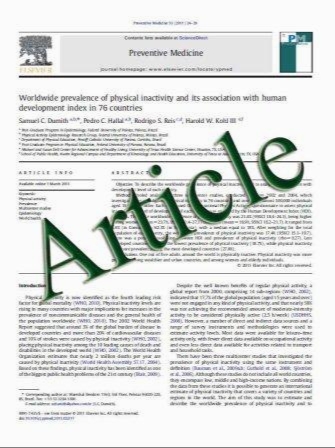The relationship between basal cisterns on CTand time-linked intracranial pressure in paediatric head injury
- نوع فایل : کتاب
- زبان : انگلیسی
- مؤلف : Alison J. Kouvarellis & Ursula K. Rohlwink & Vishesh Sood & Devon Van Breda & Michael J. Gowen & Anthony A. Figaji
- چاپ و سال / کشور: 2011
Description
Purpose Although intracranial pressure (ICP) monitoring is a cornerstone of care for severe traumatic brain injury (TBI), the indications for ICP monitoring in children are unclear. Often, decisions are based on head computed tomography (CT) scan characteristics. Arguably, the patency of the basal cisterns is the most commonly used of these signs. Although raised ICP is more likely with obliterated basal cisterns, the implications of open cisterns are less clear. We examined the association between the status of perimesencephalic cisterns and timelinked ICP values in paediatric severe TBI. Methods ICP data linked to individual head CT scans were reviewed. Basal cisterns were classified as open or closed by blinded reviewers. For the initial CT scan, we examined ICP values for the first 6 h after monitor insertion. For follow-up scans, we examined ICP values 3 h before and after scanning. Mean ICP and any episode of ICP. 20 mmHg during this period were recorded. Results Data from 104 patients were examined. Basal cisterns were patent in 51.72% of scans, effaced in 34.48% and obliterated in 13.79%. Even when cisterns were open, more than 40%of scans had at least one episode of ICP.20 mmHg, and 14% of scans had a mean ICP.20 mmHg. The specificity of open cisterns in predicting ICP<20 mmHg was poor (57.9%). Age-related data were worse. Conclusion Children with severe TBI frequently may have open basal cisterns on head CT despite increased ICP. Open cisterns should not discourage ICP monitoring.
Childs Nerv Syst (2011) 27:1139–1144 DOI 10.1007/s00381-011-1464-3 Received: 31 March 2011 / Accepted: 11 April 2011 / Published online: 3 May 2011


